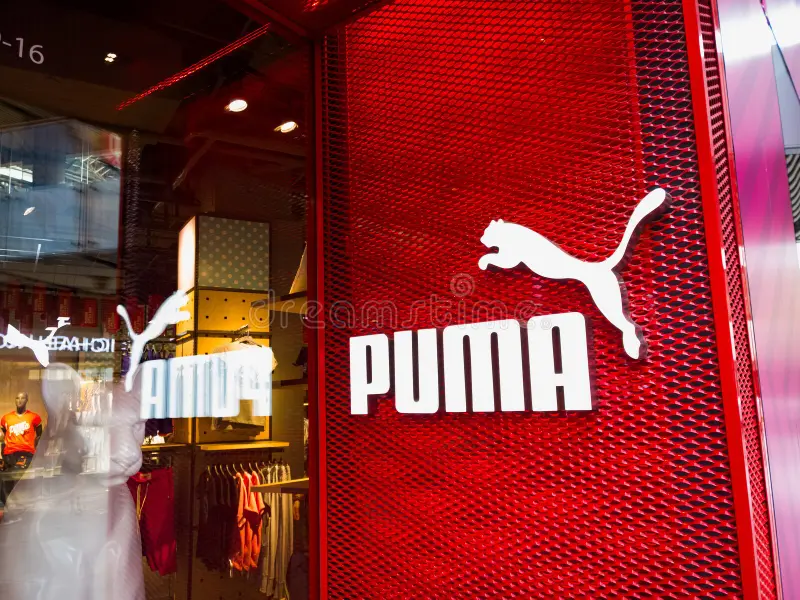
Puma’s stock falls 21% following a failure in sales and profits
The German sportswear company Puma (PUMG.DE) revealed lower-than-expected fourth-quarter sales and a decline in yearly profit, which raised concerns about its ability to compete against larger rivals Adidas and Nike. As a result, the company’s shares fell 21% on Thursday.
After Adidas (ADSGn.DE), which opens a new tab, reported good sales and profitability, the disappointing results late on Wednesday highlighted the work Puma still needs to do to strengthen its brand and increase its share of the $400 billion global sportswear market.
As of 12:35 GMT, Puma’s stock was down 21% at 33 euros, heading for their worst day ever and their lowest since March 2018.
As it attempts to break into a market dominated by Adidas’ vintage Samba soccer sneakers, Puma has been promoting new shoes like the motor racing-inspired Speedcat. However, according to JPMorgan analysts, sales patterns for the Speedcat have been lower than anticipated.
The dominance of Nike (NKE.N) has been challenged by newer, rapidly expanding brands like On Running and Hoka, which have also opened new tabs that have witnessed slower sales and more rivalry for shelf space at leading sporting goods retailers.
“This will cause investors to wonder what Puma’s competitive advantage is,” Adam Cochrane, an analyst at Deutsche Bank Research, stated.
“If Puma is not really taking market share, at a time when its biggest competitor [Nike] is weak, is the customer not accepting the brand premiumization it is trying to put through?” “I said.”
Although Puma shoes have historically been less expensive than those made by Adidas and Nike, the Speedcat is priced at 109.95 euros ($114.44) on the company’s website, matching the price of Adidas’ Samba. Puma has upped its marketing expenditures in an effort to improve the impression of its brand.
In currency-adjusted terms, Puma’s fourth-quarter sales increased 9.8%, less than the 12% growth analysts had predicted. Due in part to increased interest payments on its debt, net earnings decreased from 305 million to 282 million euros ($293 million) last year.
The business did not provide an explanation for why its sales were lower than anticipated. In November, CEO Arne Freundt expressed confidence in demand as the year-end shopping season approached.
Puma, which pays its Asian suppliers in dollars yet generates a significant portion of its income in euros, faces challenges due to the strength of the US dollar.
Puma started a cost-cutting initiative in response to the poor profit, with the goal of increasing the earnings before interest and tax (EBIT) margin from 7.1% in 2024 to 8.5% by 2027.
“While we achieved solid sales growth in 2024 and made meaningful progress on our strategic initiatives, we are not satisfied with our profitability,” Freundt stated in a statement.
Analysts at Barclays warned that there was a chance the attempt to reduce costs would divert management’s attention from boosting sales.
“At this stage, we see more questions than answers about the path that Puma will take in the next three years to 2027,” they wrote in their note.
On March 12, Puma is expected to provide its full-year report, which will include more specific guidance.
$1 is equivalent to 0.9608 euros.
All Categories
Recent Posts
Tags
+13162306000
zoneyetu@yahoo.com



